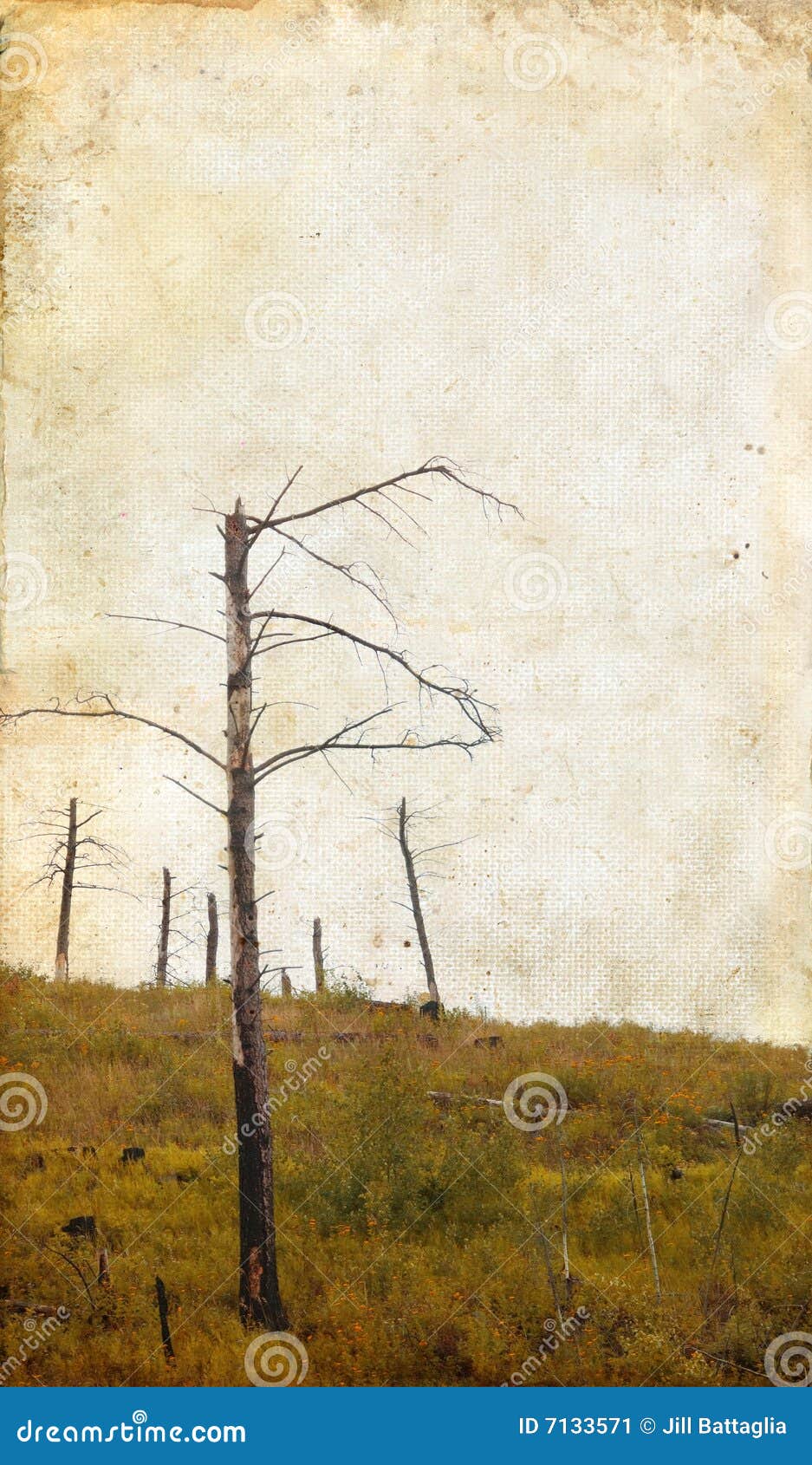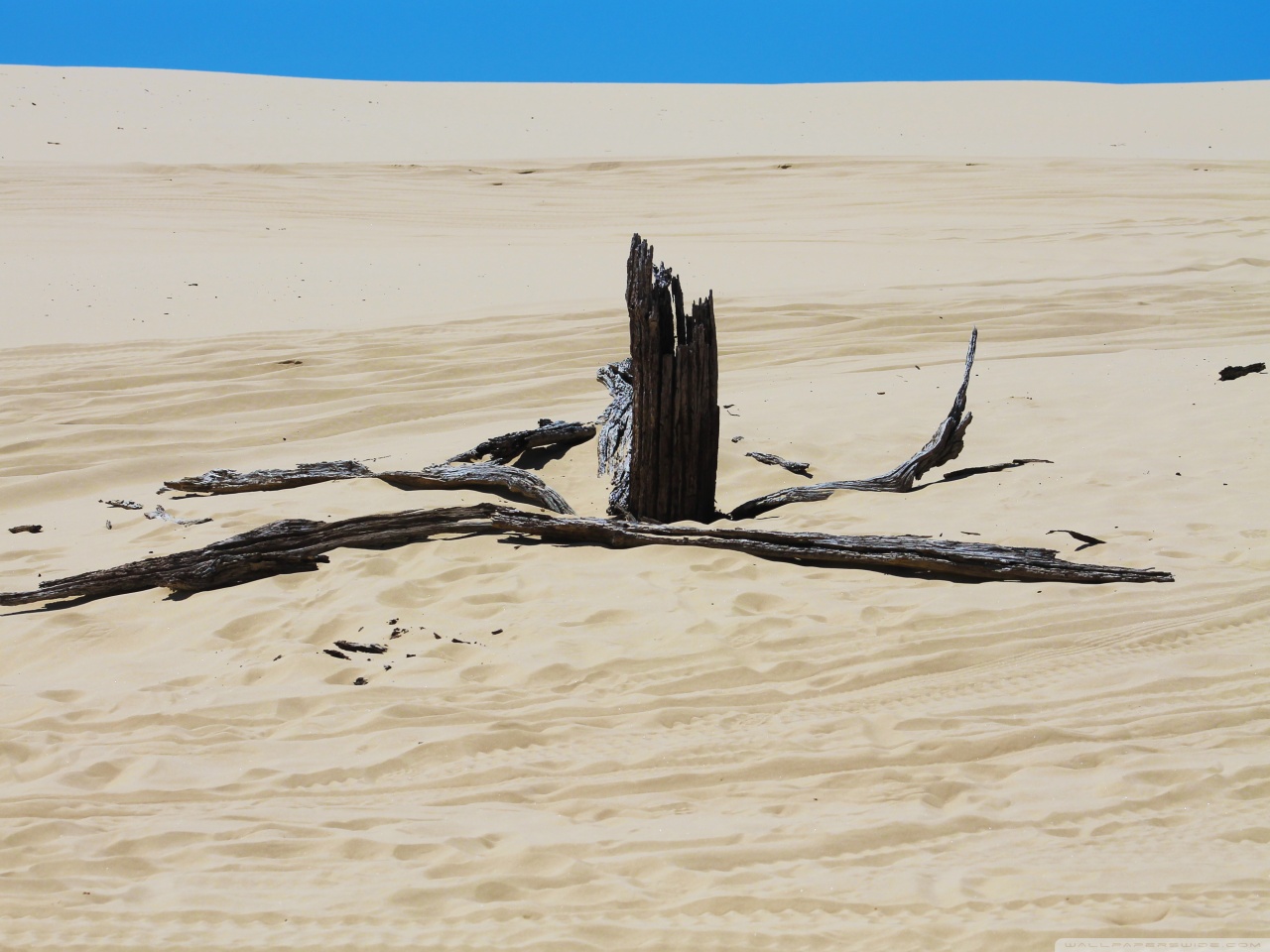

Of course, these insect larvae are more than just pre-pollinators, they are also an important food source for woodpeckers, nuthatches, and a great number of other species. Insect larvae - which will later become pollinators of wildflowers and food crops - also rely on the softened wood and loosened bark of these old trees as a safe and plentiful location to live out their first stage of life. Beautiful and often delicious fungi will colonize and spread beneath the bark of a declining tree, beginning the process of decomposition while the tree still stands. Truly stunning mosses and lichen splatter the bark with organic abstract artistry. Furthermore, in our fragmented urban and suburban landscapes, large snags continue to provide resting spaces and valuable food sources for birds and other species traveling between patches of higher quality habitat.īoth as a living tree and as a majestic snag, a tree's branches are host to an array of epiphytic (tree-top dwelling) species. they support a different suite of organisms than the surrounding landscape). Particularly in highly managed spaces, such as lawns and parks, snags can support an ecological community of species with very high beta diversity (ie.

For years to decades after they have stopped producing leaves snags (the term for standing dead trees) continue to provide a unique habitat and abundant resources to an incredible array of species. The death of a large tree is more like a milestone in its existence – no longer a living organism, the tree becomes a thriving ecosystem. Dead and dying trees are immensely valuable to a multitude of wildlife species and for a variety of ecosystem services. This conception is one that I would like to challenge all people to re-evaluate. Often when people see the downward trajectory of a tree they hire someone to come in and remove it, under the guise that the tree may be hazardous or an eyesore. As our climate changes and new stressors add to the old, many people might be noticing that big trees in their yards are beginning to decline and die.


 0 kommentar(er)
0 kommentar(er)
